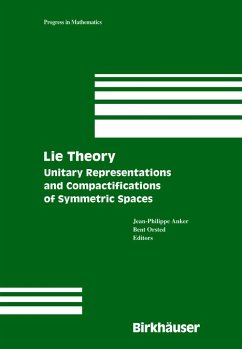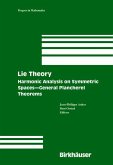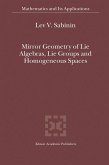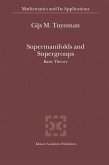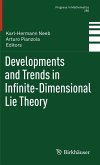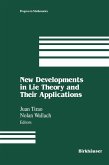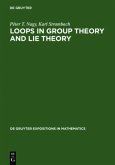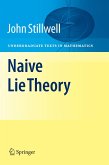Focuses on two fundamental questions related to semisimple Lie groups: the geometry of Riemannian symmetric spaces and their compactifications, and branching laws for unitary representations
Wide applications of compactification techniques
Concrete examples and relevant exercises engage the reader
Knowledge of basic representation theory of Lie groups, semisimple Lie groups and symmetric spaces is required
Hinweis: Dieser Artikel kann nur an eine deutsche Lieferadresse ausgeliefert werden.
Wide applications of compactification techniques
Concrete examples and relevant exercises engage the reader
Knowledge of basic representation theory of Lie groups, semisimple Lie groups and symmetric spaces is required
Hinweis: Dieser Artikel kann nur an eine deutsche Lieferadresse ausgeliefert werden.
"The present volume consists of three chapters, and the corresponding material is based on lectures delivered by the authors to various European Schools in Group Theory. The first chapter...includes a very nice discussion of some of the basic ideas in the theory of symmetric spaces and their compactifications, starting from the fundamental examples of the Poincaré disc and the bidisc. The third chapter...is a very good and most welcome introduction to a circle of ideas in representation theory centered on branching laws. The exposition includes many concrete examples...The above presentation of the contents is certainly too short to do justice to all beautiful ideas containe din its three chapters. This book should appeal to whoever has a taste for the beauty of the idea of symmetry in mathematics. If there is anyone asking only for the specific usefulness of the techniques developed here, thn we shall answer that these techniques are extremely useful to the graduate students, as well as to other people working in differential geometry, Lie theory, representation theory, or analysis on homogeneous spaces." -- -Revue Roumaine de Mathématiques Pures et Appliquées

